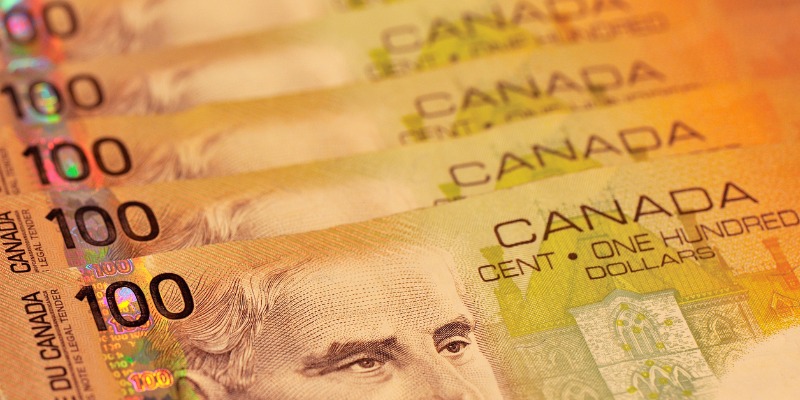Modest fiscal rules could have saved billions in federal spending

In the wake of soaring deficits and government debt across Canada, spending restraint remains difficult for many governments. But can policymakers—in or outside of government—redesign the policy process to limit growth in spending or taxation?
Such rules or mechanisms—what economists call Tax and Expenditure Limits or TELs—restrict the growth of either government revenues or government expenditures.
TELs are more common in the United States where (as of 2020) some 33 states featured some type of TEL including, for example, strict restrictions on tax or expenditure levels or growth rates. This formula-driven approach often links spending growth to the pace of personal income, GDP or combined population-and-inflation growth. Another TEL method restricts spending to a percentage of projected revenue (with a cushion in case revenues fall short of projections).
However, effective TELs must be transparent in their construction with clear definitions and few exemptions. As has been noted in the U.S., TELs that are designed and established as laws or rules by legislative bodies tend to be less effective than those implemented via citizen-approved constitutional changes or amendments.
What are the key benefits of TELS? Obviously, they can restrain politicians and bureaucrats who often have little incentive to control spending in response to pressure from interest groups. And smaller government (a potential result from TELs) can be associated with higher rates of economic growth. Indeed, research shows that keeping government expenditure-to-GDP ratios between 20 per cent and 32 per cent has historically maximized economic growth.
With Canada’s federal debt now well over $1 trillion and federal budget deficits projected for years to come, let’s consider how a TELs policy might have affected our current fiscal situation. As detailed in my new study published by the Fraser Institute, if starting in 2015 we had a fixed growth rule for federal spending, so it did not exceed Canada’s combined population-plus-inflation growth rate (approximately 3 per cent and assuming a no-COVID world), federal expenditures would have grown from $295.5 billion in 2015-16 to $393.2 billion by 2025-26—a much smaller spending increase compared to the $466 billion projected in the Trudeau government’s Budget 2021. Under this scenario, federal finances would also have improved over time from a budget deficit of $2.9 billion in 2015-16 to a $39.9 billion surplus by 2025-26.
Of course, such a smooth and simple path of future fiscal development does not consider that the economy is rarely smooth and fiscal projections are never simple given the potential for serious economic fluctuations. Indeed, in recent years we’ve seen the 2008-09 financial crisis and recession, then the pandemic with its large economic shocks affecting revenues and expenditures. However, it’s also possible to structure a TEL that allows for a temporary suspension of the expenditure growth rule during economic shocks such as negative GDP growth like Canada experienced due to COVID.
For example, had Ottawa since 2015 combined the aforementioned expenditure growth rule with a clause that allows the government to suspend the rule during a negative economic shock such as a recession, the federal government could have run an annual surplus of $4 billion—even with the COVID-19 spending of 2020 and 2021—by 2025-26 rather than the projected deficit of $30.7 billion. Put differently, it was possible for Ottawa to deliver the exact same amount of COVID-19 fiscal support in the 2021 spring budget, and balance the budget by 2025-26, if it had been more prudent managing finances since 2015.
Clearly, at the federal level in Canada even a modest TEL or fiscal rule could yield a lower trajectory for government expenditure growth, smaller deficits and lower accumulated deficits while also allowing for fiscal flexibly during severe recessions or emergencies. For these reasons, TELS would improve the fiscal performance of the federal government—a development most Canadians would surely welcome.
Author:
Subscribe to the Fraser Institute
Get the latest news from the Fraser Institute on the latest research studies, news and events.

